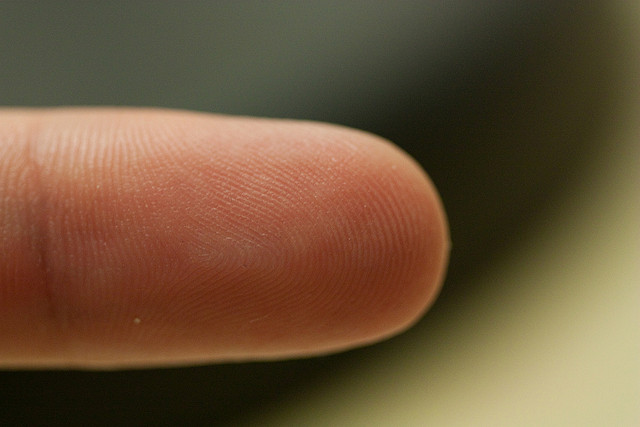No matter how small or “old fashioned” a small business is, it is vital that the owners stay informed of technology advancements because it impacts consumer behavior. A few of the technology trends to keep track of in the coming year, and beyond, include:
Beacons. Remember when QR codes were the latest, greatest thing for in-store marketing? While QR codes still exist and can be effective, in-store beacons are quickly becoming the go-to technology for targeting consumers based on location. For consumers who enable beacon technology, it can open a whole new world of shopping experiences that include discounts, aisle-by-aisle maps, and even product information. Businesses need to be aware that this hyper-information is possible and that consumers will become even more accustomed to having answers quickly and will want to find a lot of those answers on their own.
Biometric apps. The name sounds a little bit intimidating but the concept is simple. Biometric technology uses unique characteristics of the human body to give commands to smart devices, like unlocking them. Some of the biometric advancements that are in early stages of mass adoption include fingerprinting, voice authentication, and even ear printing. This protects larger companies when it comes to mobile employees accessing enterprise materials. This technology impacts small businesses too though because it adds a layer of security that consumers appreciate – and want to duplicate in less-techy ways in other arenas.
In-car Wi-Fi. Until recently, a car ride was generally the only place where Wi-Fi was not accessible. Tapping into a wireless carrier’s network and incurring data charges was the only way to check an email, or play a mobile game (while riding, not driving, of course). All of that is changing though with the release of vehicles that have Wi-Fi onboard. The technology can be used for everything from GPS to accessing email while in a car, and location-based mobile ads are already being tested in this space. Imagine taking a road trip and being offered discounts in real-time to the restaurants at upcoming exits. This is just one way in-vehicle Wi-Fi will influence consumer communications and advertisements on the go.
Internet of Things. Wi-Fi technology will soon take everyday items like appliances, TV sets, and more through the next wave in connectedness: The Internet of Things, or IoT. The general concept is that all of these IoT-enabled will create a “smart” network all on their own by pinging off of each other. Recent studies estimate that by the year 2020, there will be between 25 billion and 30 billion Internet of Things devices up and running. The opportunities in this arena are really endless — everything from a refrigerator that can keep track of your inventory for you to an alarm clock that can stream music. Businesses will need to find out exactly how their messages fit into the new IoT universe as competing for consumer attention becomes even tougher.
What technology is on your small business radar?








